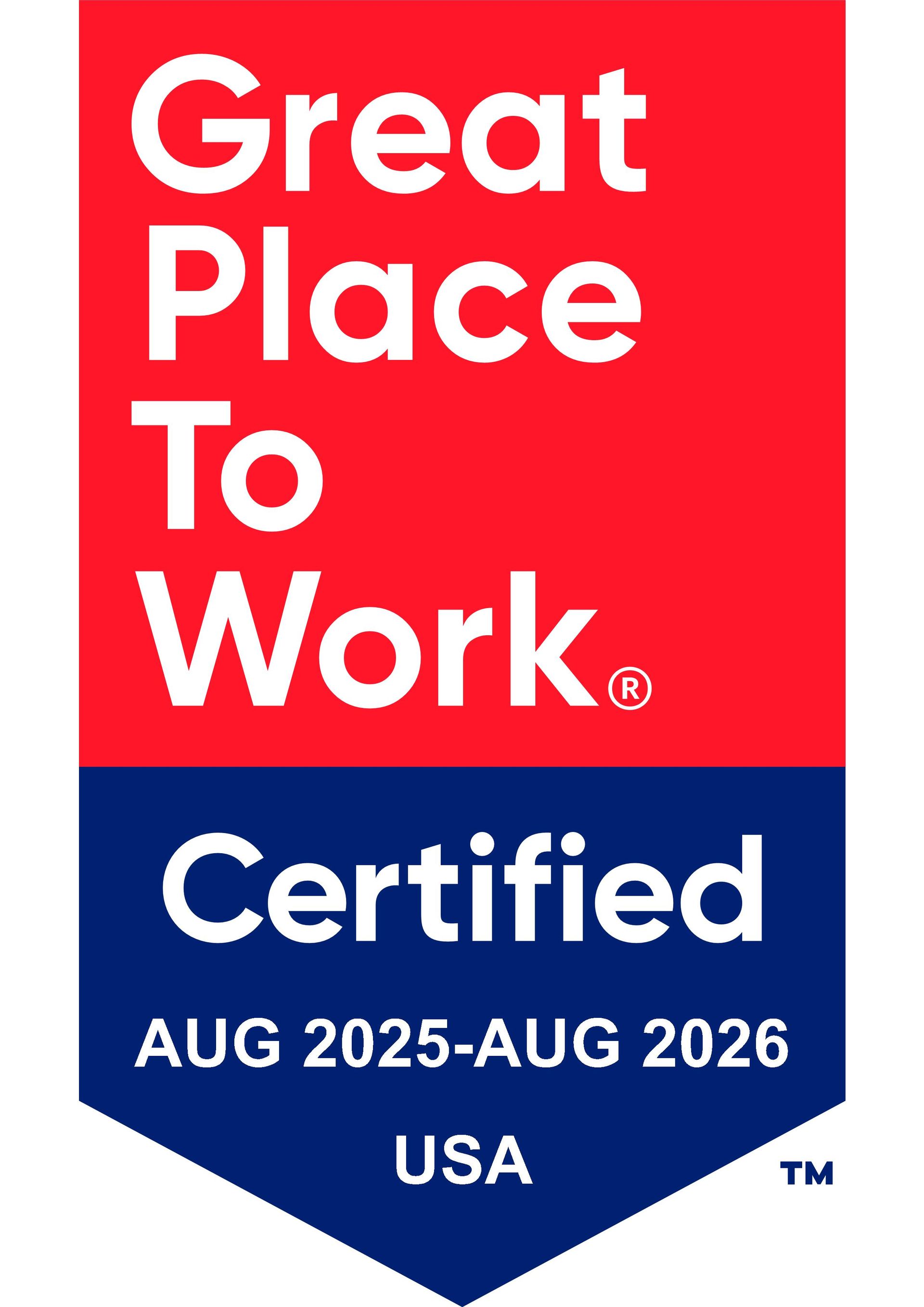
Partially Self-Funded Plans: How to Save Costs on Benefits Programs
21 May 2021
Traditionally, businesses looking for alternatives in health plan offerings faced a choice between conventional fully-funded plans and self-insured plans. If you’ve been searching for a way to limit your health plan costs but balked at the risks of a self-funded plan, you might want to consider a partially self-funded health plan. These plans borrow elements from both fully-funded and self-funded plans and offer a great stepping stone in the direction of self-funding.
Partially self-funded plans allow you to explore self-funding, lower your health plan costs and still provide high-quality benefits to your employees in the process.
Let’s take a look at partially self-funded plans, how they work, and how they can help your company save on health plan costs.
WHAT ARE PARTIALLY SELF-FUNDED PLANS?
In a fully insured health plan, your company pays a premium to the insurance carrier, and the carrier pays the claims based on the prescribed coverage benefits. You’ll pay the same fixed premium each month for a year, even if your employees don’t incur any claims. Each year, premium costs rise, and employers may be forced to pass along some of those costs to employees. Typically, companies overpay for coverage by 15-40%.
A self-insured plan, however, involves the business orchestrating its own health plan. The employer pays a fixed cost for plan administration and pays any claims as they’re incurred. If no claims are incurred, they don’t pay anything. That can be great if your employees are a healthy bunch.
However, employers that choose self-insurance run the risk of high claims, which can cause more financial woes than a traditional fully-funded plan. To limit that possibility, they may need to pay for stop-loss insurance, which may cover the cost of high claims.
That’s where partially self-funded plans come in. A partially self-funded plan or a MERP (Medical Expense Reimbursement Plan) is essentially a plan where you, as the employer, reimburse employees for their health costs that they paid for out of pocket. You’ll decide on and set the appropriate risk level. The employees then receive the reimbursement completely tax-free.
Employers tend to pair their MERP with a high-deductible health plan design that can offer a great deal of latitude in the type of plan and the control of costs.
Typically, you’ll work with a benefits administrator that will help you decide on the best plan to purchase. If you choose the highest deductible plan, you’ll spend less on the premium and reduce your fixed costs. Then, you use the savings in the premium to fund claims as they occur.
Partially self-funded plans aim to limit the risk that can come with fully self-insured plans. They’re also more flexible to design and provide you the chance to decide what the plan will include, its maximum reimbursements, and the eligibility requirements.
COMPONENTS OF PARTIALLY SELF-FUNDED PLANS
When you choose a partially self-funded plan, you can enjoy the convenience and benefits of working with an insurance carrier. However, you won’t have to worry about paying for expenses of health plan benefits that employees didn’t actually use. A partially self-funded plan also offers a great deal of flexibility along with providing unique options for employers to customize their health plan specifically for the type of benefits that employees are most likely to use.
These are the key components of a partially self-funded plan:
FIXED COST AND HIGHER DEDUCTIBLE
A partially self-funded MERP can be bundled with a group health plan that comes with a high deductible. The highest-deductible plan allows you to reduce fixed costs and therefore pay a lower premium to the insurance company. The employee then receives the difference between the deductible and your allowance. By going this route, you can insure part of the group plan before paying taxes, which adds up to considerable savings.
IMPROVED BENEFITS DESIGN
Underneath the high-deductible plan, partially self-funded plans enable you to create any type of benefits plan. Many companies choose a customized platinum+ plan that allows them to keep their high-quality benefits while also targeting the type of medical needs and health care services that their employees are likely to use. Sometimes, employers are able to reduce the cost of plans that traditionally receive less coverage, such as vision and dental plans. They can then shift those savings into other more expensive medical areas. This way, employers do not have to sacrifice the level of benefits that employees receive.
INSIGHT INTO PLAN SPEND
Using this type of plan allows employers insight into how the plan is operating and how employees are using it. This may provide you the option to switch to a fully self-funded plan in the future while working with the same third-party administrator.
ADMINISTRATOR
A monthly fee is paid to the administrator of the plan to facilitate payments of claims on the company’s behalf. In return, the employer enjoys one-on-one access to the administrator and a guarantee that claims are being processed in a timely and accurate fashion.
OPPORTUNITY TO EDUCATE EMPLOYEES
Employers have a unique opportunity with these plans to tailor it in the best way that suits their organization and employee demographics. So, for example, you could pinpoint problem health areas by taking a look at the most highly used and expensive portions of your current health plan. Using a partially self-funded MERP, you can incentivize employees to take better control of their health and become more conscious about their choices.
TAX SAVINGS
All employee contributions to a partially self-funded MERP are tax-exempt, and all contributions made by the employer are considered tax-deductible business expenses. Employers make the tax deduction only after an employee receives reimbursement on a claim.
CAN APPEAL TO SMALLER AND MID-SIZE BUSINESSES
Costs for fully-funded group health plans can be prohibitively expensive for small and mid-sized businesses. Partially self-funded plans appeal to this market because of the lower premium costs and limited risk. Since these plans offer the best of both fully and self-insured plans, they can be an
attractive, cost-effective option for smaller and mid-size companies.
HOW CAN A PARTIALLY SELF-FUNDED PLAN SAVE OUR COMPANY MONEY?
Partially self-funded health plans can be an attractive option for companies that want to save on health plan costs but also keep their risk levels low. You’re still able to provide excellent benefits to your employees at a predictable price. Partially self-funded plans typically reduce health plan costs by 15% and 25% while simultaneously improving benefits, since you’re able to customize a platinum+ plan with your administrator.
This plan can offer impressive savings as soon as the first year – and will even stabilize costs over the next several years after implementation. A partially self-funded MERP does not require a physical account, which means you are only obligated to reimburse for expenses incurred and submitted by employees.
You'll also encounter the following cost savings:
- Savings on claims, since you only pay for a set amount per month and also enjoy protection from larger claims
- Tax-free for employees and tax-deductible for employers
- No expensive state-mandated benefits are included in these plans
- Regular reporting gives you the opportunity for long-term cost savings strategies
- Employees do not pay for services that are not being accessed
To maximize your cost savings, typically, you’ll earmark funds to cover your maximum projected liability for the year. You’ll be able to prepare based on the fact that your premiums will be a fixed amount each month, with no possibility of fluctuations. You won’t have to spend funds on the health plan benefits that employees don’t use.
Partially self-funded plans enable you to gain more insight and understanding of employees’ health plan costs, which can lead to even greater cost savings in the years to come.
However, there are drawbacks for some companies. If you have a large number of employees who are older or have pre-existing conditions, your rates could be higher. Younger, generally healthy employees tend to generate the most substantial cost savings. That’s why it’s important to review your company’s unique situation with a broker to determine if this plan would work for you.
When you’re deciding whether to adopt a partially self-funded plan, it’s important to consider the following:
- How healthy are our employees?
- What is our level of high-dollar claims?
- How much variation in the level of premiums is your company comfortable with each year?
- How many employees do we have now and plan to have in coming years?
- Do we need additional input into our benefits plan design?
- Are we ready to make a major long-term change in how we manage our health care benefits?
THE NEXT STEP
Choosing a partially self-funded plan is an important decision, and as a benefits brokerage firm, we have your back. At KBI Benefits, we want to help you fully consider all of the options given your company size, employee demographics, prior claims, and budget. In today’s market, many options are available to help you take back control of healthcare claims spending and still offer quality benefits to your valued employees.
To learn more about partially self-funded options and whether it’s the right choice for your company, take the next step and submit your information via our online contact form or call us at
408.366.8880. We look forward to assisting you!
In the meantime, our cost-saving mission hasn’t ended yet, so stay tuned for our upcoming blog posts in this series!
Additional Resources:




